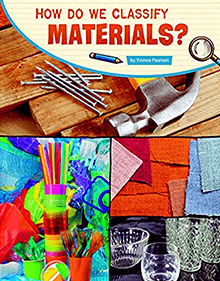
How Do We Classify Materials?
Capstone Pebble, January 1, 2022
Materials have different properties. Steel is hard and fabric is soft. Sandpaper is rough. Slides at the park are smooth. Children will learn how and why scientists put things into groups.
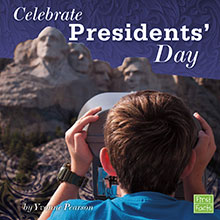
Celebrate Presidents’ Day
Capstone Pebble, April 1, 2019
(part of a six-book set)
Children will learn about the influential presidents of the United States and how and why we celebrate these people.
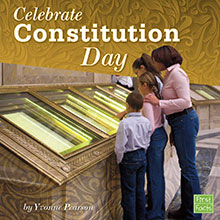
Celebrate Constitution Day
Capstone Pebble, April 1, 2019
(part of a six-book set)
Children will learn about the importance of the United State constitution and why and how we celebrate this important document.
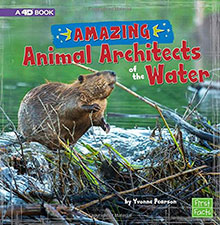
Amazing Animal Architects of the Water
Capstone Pebble, August 1, 2018
From beavers to coral, find out how all kinds of animals build awesome homes on or near the water.

Twelve Great Tips on Writing Poetry
12-Story Library, 2016
(part of an eight-book set)
This book gives information on how to write poetry in twelve manageable portions. Examples, writing prompts, and checklist summaries help readers apply their knowledge effectively.
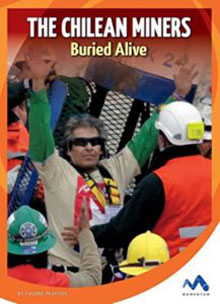
The Chilean Miners: Buried Alive
Child’s World, 2016
Learn the miraculous story of the 33 Chilean miners who survived being trapped underground for 69 days. Additional features to aid comprehension include a table of contents, fact-filled captions and sidebars, a glossary, sources for further research, and a listing of source notes.
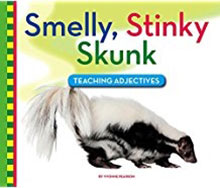
Smelly, Stinky Skunk: Teaching Adjectives
Child’s World, 2016
(part of a twelve-book set, Playing with Words)
Learn about adjectives through easy, engaging text and colorful photographs. Additional features to aid comprehension include logical narratives, bolded key words, detailed photographs, an answer key, and sources for further research.
Other titles I’ve written in this series: A Bird in a Nest in a Tree: Teaching Nouns; Cows, Horses, and Sheep: Teaching Plural Words; In and Out: Teaching Prepositions
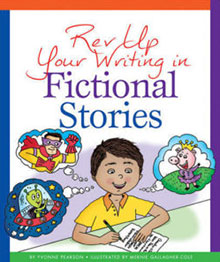
Rev Up Your Writing in Fictional Stories
illustrated by Mernie Gallagher-Cole
Child’s World, 2015
(part of a seven-book set)
Presents an overview of fictional stories, including the form’s purpose, elements, traits, and how it expresses ideas.
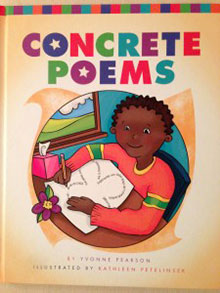
Concrete Poems
Child’s World, 2014
(part of an eight-book set, Poetry Party)
Presents an overview of concrete poems, including the form’s history, elements, and traits and how poets use concrete poems to express ideas.
Other titles I’ve written in this series: Limericks, Narrative Poems, Prose Poems
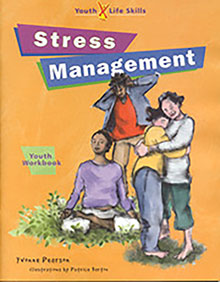
Stress Management
Hazelden Publishing, Inc., Center City, MN, 2001
(a series of workbooks for teens on Youth Life Skills, as well as companion facilitator guides)
Stand out, fit in, grow up, just wait—the pressures are everywhere, the stress is intense, and you have a few other things on your mind. This workbook will help you discover and develop the tools you’ll need to stay cool and keep moving. Stress can be good or bad, and exercises building on familiar, everyday situations will show you how to tell the difference and how to respond accordingly. You will also hone your own skills for avoiding stress or meeting it head-on, reducing it or making the most of it—skills that won’t make life easy, but should make it easier.
Other titles I’ve written in this series: Communication, Anger Management, Conflict Resolution, Decision Making
